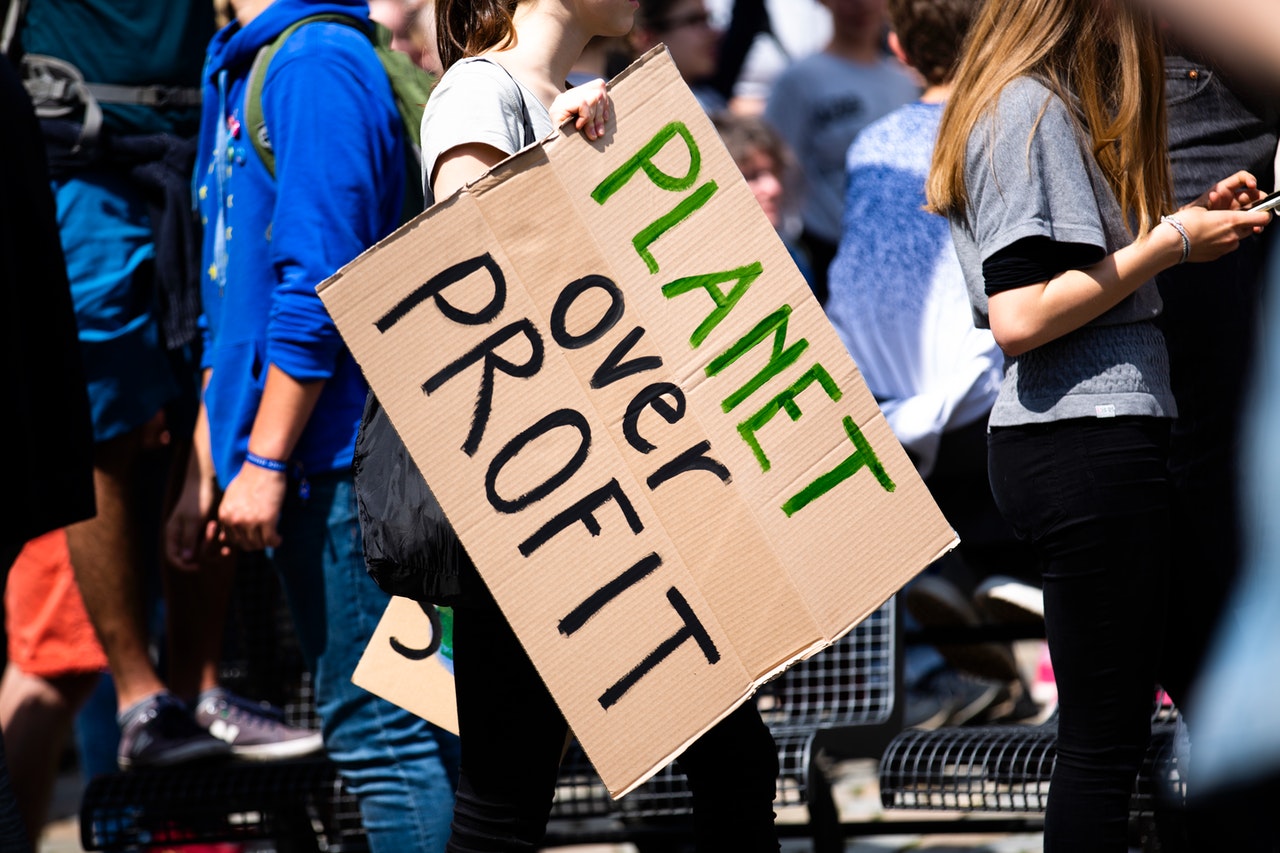What takes place in the stratosphere remains in the stratosphere. What effect does the ozone hole have on weather and climate? The Copernicus Atmosphere Monitoring Service (CAMS) team announced earlier this month that the ozone hole in 2021 is one of the greatest on record, “bigger than 75% of ozone holes at that stage of the season since 1979.”
It has recently grown to be larger than Antarctica. But how does the ozone hole affect you and me, aside from the increased UV radiation over the Frozen Continent? Is it just a case of too sun-tanned penguins and flowering algae at the bottom of the planet, or does it exacerbate climate change and global warming?
Euronews spoke with Vincent-Henri Peuch, Director of the ECMWF Copernicus Atmosphere Monitoring Service, to better understand the effects of the ozone hole on the Earth’s climate system.
A study published in Nature magazine last year found a clear link between a putative ozone layer recovery, which the study attributed to the Montreal Protocol’s CFC prohibition, and a “halt” in the Southern Hemisphere’s atmospheric circulation trends.
Since the 1990s, scientists have seen various shifts in the Southern Hemisphere’s weather patterns that have been linked to ozone depletion. Reduced precipitation over Australia or the expansion of South America’s tropical rain belt to Uruguay or Northern Argentina, allowing for more agricultural fields in previously dry areas.
The Nature report was updated in January 2020, shortly after the ozone hole shrank to its smallest size ever recorded, providing hope for the future.
Claiming victory too early?
Then came the 2020 season, when scientists witnessed the world’s longest-lasting ozone hole, which lasted until the end of December and covered roughly 25 million square meters at its peak. And now, with a dramatic increase in September, the ozone layer is acting in unpredictable ways yet again this year. Meanwhile, in March 2020, a surprise Arctic ozone hole formed in the middle of the COVID-19 lockdowns, right in the middle of the COVID-19 lockdowns.
Vincent-Henri Peuch, speaking about the 2020 Nature paper, fears we may have declared victory too soon. “According to the paper, the Montreal Protocol permitted not only to close the ozone hole, but also to halt the polar vortex’s movement toward the South Pole, which was pushing it further south. After a particularly minor ozone hole, it was released in 2020. I believe that was a little bold, because we’ve seen that there’s a lot of variation from year to year “..
So all that for nothing?
Does this imply that the Montreal Protocol, which prohibits the use of ozone-depleting gases, is ineffective? According to the CAMS director, not in terms of CFC gas reduction. “We’re heading in the right direction. Since the Montreal Protocol, chlorine and bromine levels have begun to decline, but we have yet to see signs of a proper recovery in the ozone layer “..
“If we continue to prevent CFC emissions, we will return to normal, although at a slower pace than anticipated, potentially owing to climate change,” Peuch told Euronews. “We estimate the ozone hole to close by 2060 or 2070, therefore timescales of two or three years are inadequate.”

